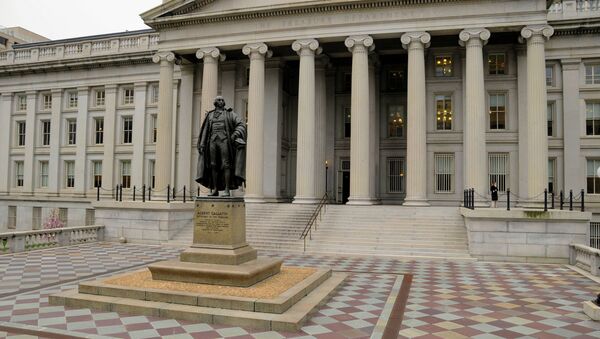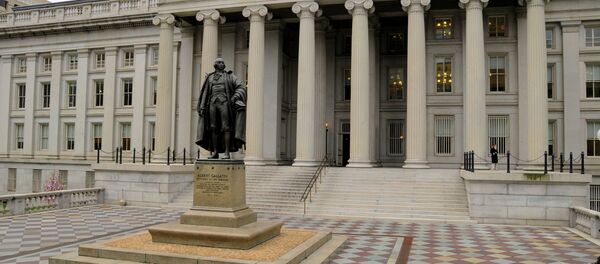Kristian Rouz – In what is a growing isolationist trend in the US economy, domestic demand for US debt increased for the first time since 2012. The move is a result of the Fed’s accommodative monetary policy, with American public and private investors increasing their stakes in US bonds.
Still, US bonds are a “safe haven” and even a negligible slide can spur a massive rise in demand from other market participants. Few expected, however, that the slide in emerging market demand for US would be backstopped by domestic pressures at home.
"Five or six years ago, the big concern was that China was going to own the United States," Gus Faucher of PNC Bank said. "Now the concern is that China is selling them."
While the biggest holder of the US government’s debt is still the US Federal Reserve, recently, US-based mutual funds and other investors have significantly increased their share of the $12.9 trln Treasuries market.
It was surprising these past two weeks when the yield on the 10 Treasury fell below 2%, even as China, the owner of $1.4 trln worth of Treasuries, was selling large portions of their stake.
While the US economy grew robustly at almost 4% year-on-year in Q3, inflation is far below the Fed’s target, hampering any increase in effective wages. Thus the Fed is still wary of hiking interest rates to avoid unnecessary shocks to the economy.
“US Treasuries are still the high-yield instrument of global government bond markets, so it’s hard to get very negative about them,” John Briggs of Royal Bank of Scotland said.
Although mainland China is selling Treasuries, the overall volume of overseas US debt holdings stands at $6.1 trln, more than twice that in 2008. Beijing has sold about $200 bln worth of Treasuries this year. While other international creditors like Mexico, India and Brazil also sold US bonds, Russia has been steadily buying into the Treasuries market, now owning roughly $90 bln worth of US debt.
US investors, both institutionalized and individual, increased their aggregated holdings of US debt by 2% to $4.3 trln, or 33.1% of the Treasuries market, in 2015.



